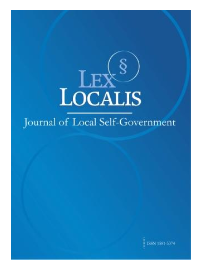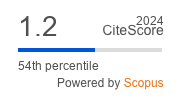BEYOND THE STATISTICS: WHY INDIA’S LEGAL REFORMS FAIL TO END VIOLENCE AGAINST WOMEN
DOI:
https://doi.org/10.52152/kv5qrq08Ključne besede:
Violence against women; NCRB; NFHS-5; Bharatiya Nyaya Sanhita; POCSO; Fast Track Special Courts; Nirbhaya Fund; One Stop Centres; criminal justice; gender norms.Povzetek
Despite a decade of sweeping legal reforms following the 2012 Delhi gang-rape-including the Criminal Law (Amendment) Act, 2013, the Protection of Children from Sexual Offences (POCSO) Act’s strengthening in 2018, the establishment of Fast Track Special Courts (FTSCs), and the introduction of the Bharatiya Nyaya Sanhita (BNS), 2023-violence against women (VAW) in India remains pervasive. Official statistics show rising reported crimes against women and stubbornly high pendency in courts, alongside massive service uptake at One Stop Centres (OSCs) and helplines. This paper interrogates the persistent gap between law on the books and safety in women’s lives. Using National Crime Records Bureau (NCRB) data, National Family Health Survey (NFHS-5) indicators, and administrative data from the Ministry of Women & Child Development (MWCD), the Department of Justice (DoJ), and the National Commission for Women (NCW), the paper argues that the principal barriers lie in (i) under-reporting and attrition within the criminal justice pipeline; (ii) weak, uneven implementation capacity across states; (iii) systemic incentive problems that limit accountability for police, health systems, and courts; and (iv) structural patriarchy, economic precarity, and social norms that legal change alone cannot dislodge. The paper concludes with a multi-layered reform agenda that sequences legal, institutional, and social change and proposes an implementation scorecard to monitor progress.
Prenosi
Objavljeno
Številka
Rubrika
Licenca
Avtorske pravice (c) 2025 Lex localis - Journal of Local Self-Government

To delo je licencirano pod Creative Commons Priznanje avtorstva-Nekomercialno-Brez predelav 4.0 mednarodno licenco.








